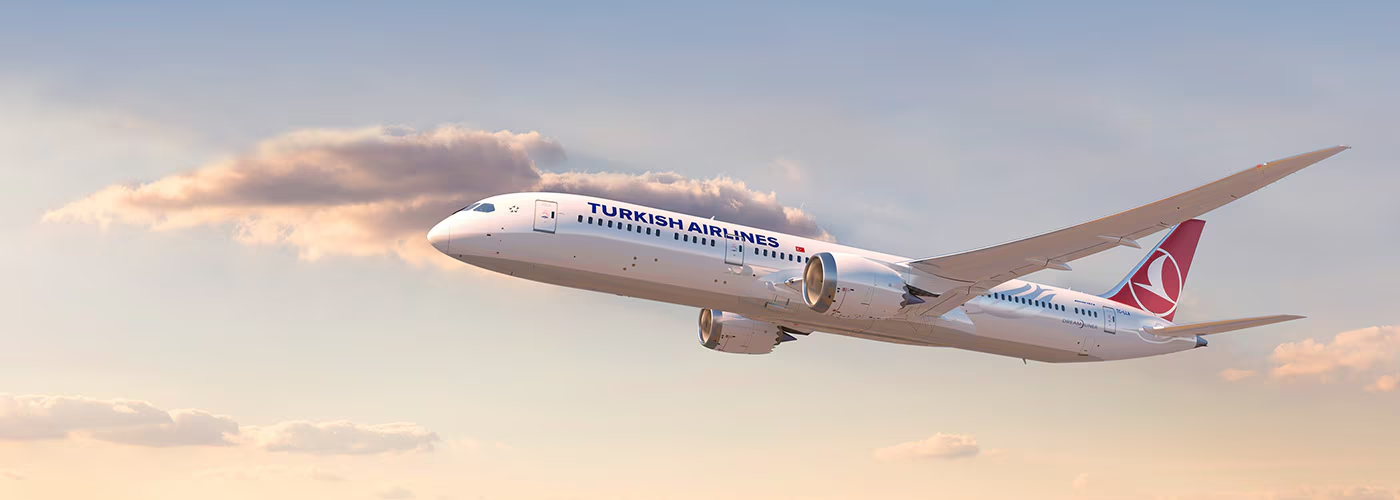Why Did Boeing Choose Not to Upgrade the 757?
In 1978, Boeing, the American aerospace giant, received its first order for the Boeing 757. Initially designed to fill a gap between the smaller Boeing 737 and larger long-haul aircraft. The 757 is capable of carrying between 200 and 290 passengers, quickly evolved into one of the most versatile aircraft ever built. The 757 became known for its ability to serve both short and long-haul routes while remaining profitable in smaller markets. Despite its success, Boeing halted production in 2005. But as the Airbus A321XLR gains momentum, many wonder why Boeing never updated the 757, as it did with the 737 and 777. Let’s figure it out.
The Boeing 757: Filling a Unique Role

The Boeing 757 has long been the go-to aircraft for long and narrow routes. For example, it has been used on flights such as Newark Liberty International Airport (EWR) to Porto, Portugal’s Francisco Sa Carneiro Airport (OPO). Although still an essential part of many airline fleets, the 757’s age is beginning to show. Boeing’s decision to stop production means that the 757s still in service are now approaching two decades of use.
The aircraft was designed in the 1970s with a hub-and-spoke model in mind. This model focused on moving passengers through major hubs using wide-body jets like the Boeing 747. In contrast, point-to-point travel—where the 757 currently excels—was not initially a priority for airlines. As time passed, this gap in the aviation market became more critical, especially on long-and-thin routes that have become essential for airline profitability.
Key Features of the 757
Several unique aspects of the Boeing 757 have set it apart over the years:
- Short Runway Performance: The 757 is renowned for its ability to take off from shorter runways, thanks to its powerful engines and aerodynamic design. This capability is especially beneficial for airports with space constraints.
- High Altitude Performance: The 757 excels at high-altitude airports like Denver and Mexico City, where thinner air complicates takeoff and landing for most aircraft.
- Common Cockpit with the 767: One of the 757’s significant advantages is its common cockpit design with the Boeing 767, which allows airlines to cross-train pilots for both aircraft, thereby reducing training costs and increasing operational flexibility.
- NASA’s Flying Laboratory: NASA has repurposed a modified Boeing 757 for various research projects, including testing new wing designs and flight deck systems. Known as the “NASA Flying Laboratory,” this aircraft has contributed to advancements in aeronautical technology.
The Decline in 757 Sales and Production

Despite its strengths, sales of the Boeing 757 began to dwindle by the early 2000s. A renewed marketing effort in 2003 failed to reignite demand. The aftermath of the 9/11 attacks further compounded the problem. Airlines cut capacity, focusing on already profitable routes and steering clear of long-haul services that required smaller aircraft like the 757. As a result, Boeing decided to halt production, with the final 757 being delivered in 2005.
The Market Today: A Missed Opportunity?
Fast forward to the 2020s, and the aviation market has shifted dramatically. Long and thin routes, which were once considered secondary, are now vital to the industry. Airlines are pushing their aging fleets of 757s to the limit, squeezing every last mile out of them. In hindsight, Boeing’s decision to stop producing the 757 might be one they regret, as there is currently no new Boeing aircraft tailored to serve these crucial routes.
Could the Boeing 757 Make a Comeback?
There has been much speculation about whether Boeing could restart production of the 757. However, restarting the production line would be an enormous challenge. The aircraft’s design, while iconic, is now outdated. Boeing would need to renegotiate supplier agreements, and many of the original suppliers may no longer exist. Moreover, the engineers who were intimately familiar with the 757’s design have likely retired, leaving the current team with little direct experience.

Another option would be to upgrade the 757, but that approach presents its own set of challenges. Updating the 757 would not yield the same operational efficiency improvements as designing an entirely new aircraft from scratch. Boeing’s leadership has made it clear that restarting production isn’t a viable option. Randy Tinseth, Boeing’s marketing Vice President, remarked in 2015 that there wasn’t a solid business case for bringing back an upgraded 757. By 2016, Boeing had definitively ruled out reviving the 757, citing the high production costs involved in reintroducing the aircraft with new engines.
For now, Boeing seems to have no plans to bring the 757 back, focusing instead on new designs that meet today’s demands. However, as airlines continue to operate their aging fleets of 757s, the question remains: will Boeing’s decision to stop production come back to haunt them?
Sources:
- Featured image by Bene Riobó
Youssef Yahya is the CEO and Founder of Aviation for Aviators, a platform dedicated to the aviation industry. With over 3 years of experience as an aviation writer, Youssef is passionate about sharing his insights on aviation, entrepreneurship, and the broader business landscape. As a Teaching Assistant in Entrepreneurship at Nile University, he also nurtures the next generation of entrepreneurs. When he’s not exploring the skies or business ventures, you can find him saying, ‘Drag your coffee, and let’s talk aviation, entrepreneurship, and football.’
You might also like:
- Emirates is Set to Receive its First Airbus A350-900 in October
- A brief history of the Star Alliance
- Airlines of the World: “BA Better World” British airways
- BERLIN TEGEL:BERLIN’S MOST FAMOUS AIRPORT
- Boeing and Airbus Discuss Splitting Operations of Key Supplier Spirit AeroSystems
Discover more from Aviation for Aviators
Subscribe to get the latest posts sent to your email.
































Post Comment